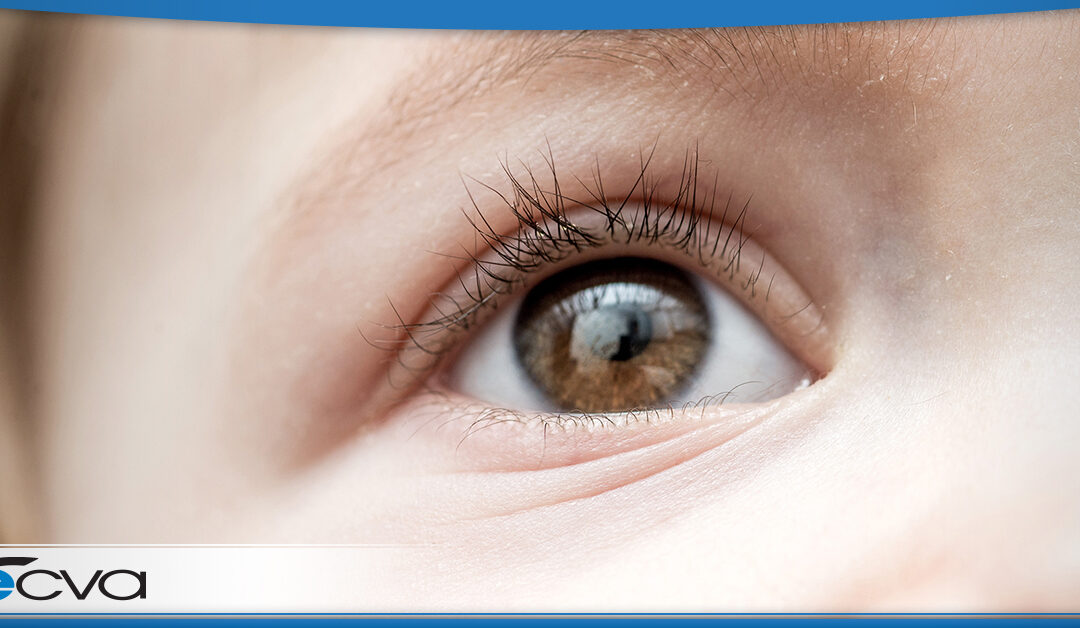When people think of cataracts, they typically associate the condition with older adults. However, cataracts can happen much earlier in life, and they may even be present at birth.
If you would like to learn more about congenital cataracts – including what they are, when they can occur, and how they are treated – here’s what you need to know.
What Are Congenital Cataracts?
Cataracts are a condition that leads to a cloudiness of the lens of the eye. They occur when specific proteins found within the eye start clumping. As the proteins bind together, they negatively impact vision, such as blurriness or fogginess. In some cases, the distortions are quite severe.
The size and location of the cataracts can vary. Additionally, they may be present in one eye or both. In cases where both are affected, one may be in worse shape than the other, or the situation could be comparable in both eyes.
Typically, the proteins clump slowly over time, which is why cataracts are more prevalent in older adults. However, with congenital cataracts, they are present at birth.
In many cases, the reason the cataracts developed in the infant are not known. However, infections, metabolic conditions, trauma, inflammation, and medication reactions can potentially cause cataracts.
Are Congenial and Pediatric Cataracts the Same?
At times, the terms congenial and pediatric are used interchangeably. However, there are actually different versions of pediatric cataracts.
With congenital cataracts, the condition is present at birth. With acquired pediatric cataracts, they develop after birth. Pediatric cataract patients may be infants, children, or adolescents.
In some cases, the cause of pediatric cataracts may be known. For example, a previous eye injury may increase the child’s odds of developing cataracts and being diabetic or having certain other metabolic disorders. However, they can also occur without an apparent reason.
What Are the Risks of Pediatric Cataracts?
When cataracts occur in very young children, they don’t just impact vision acuity today; they may have a lasting impact on vision, eye health, and brain development. In adults, cataracts occur after the eyes and brain are fully developed, reducing the likelihood of long-term impact.
Infants and children are different. The eyes and brain usually develop well into childhood, often up to the age of 10. When left untreated, congenital cataracts harm that development, potentially leading to lasting negative effects on vision. This could permanent declines in visual acuity, as well as possible blindness.
How Are Congenital and Pediatric Cataracts Treated?
With both congenital and pediatric cataracts, the treatment options vary depending on the severity of the condition. If the case is mild and isn’t impact vision, it may be possible to simply monitor the situation, only intervening if the cataracts worsen.
However, if there is a negative impact on vision, surgery may be a necessity. The procedure removes the cataracts, alleviating the cause of the visual distortions and allowing the proper brain and eye development to occur.
Ongoing treatment after surgery is also typical. Steps have to be taken to restore the eye-brain connection, ensuring they’ll be able to focus clearly.
At ECVA, we take the health of our patients’ eyes seriously. If you believe your child may have congenital or pediatric cataracts, we are here to help. Schedule an appointment at your closest ECVA clinic today.


